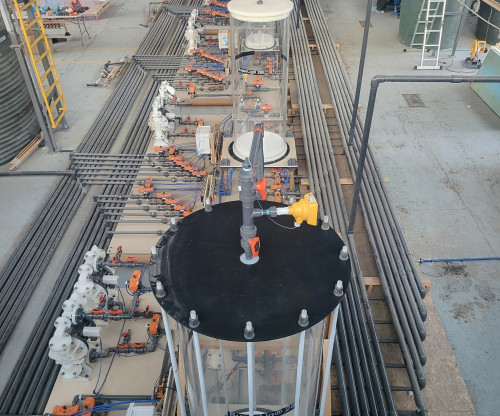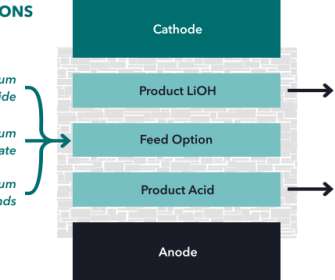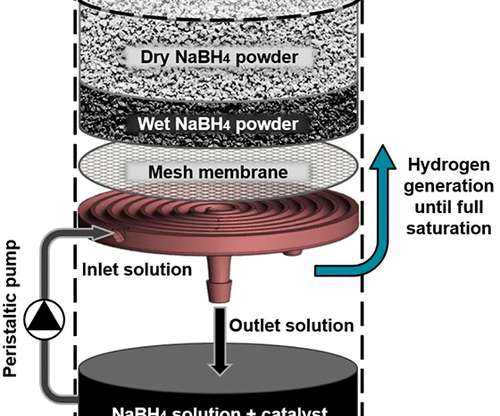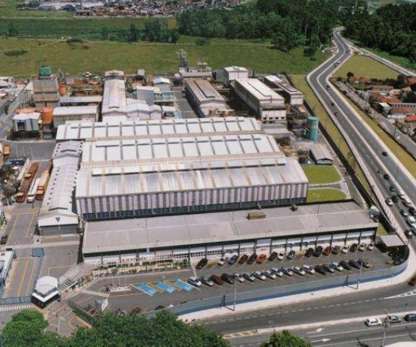IBC demonstrates highly selective high-yield direct lithium extraction from Salar de Maricunga brine
Green Car Congress
MARCH 26, 2023
The Pilot Plant has undergone validation testing and begun Phase One operation, the results from which demonstrate highly selective, high-yield direct lithium extraction from brine and high water efficiency. SuperLig 285 is highly selective for Li over other brine constituents including magnesium, calcium, sodium, potassium and boron.















Let's personalize your content